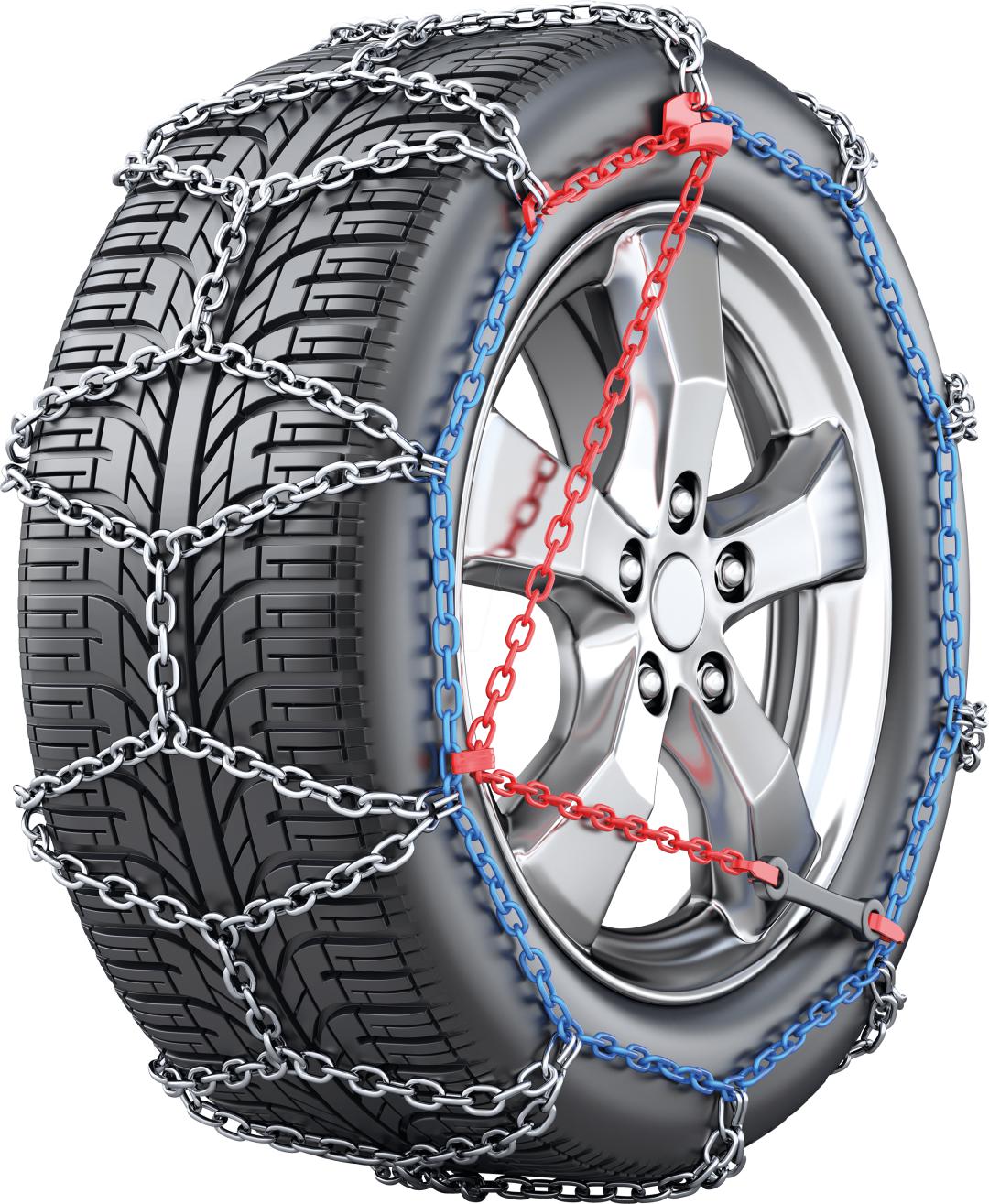As the snow season approaches, many enthusiasts are eagerly embarking on their snowy mountain journeys. Recently, we've received numerous inquiries from individuals seeking advice on self-driving in snowy mountains and questions about snow chains. Today, let's go through some important considerations when driving in the snow-covered mountains of Australia.
When Do You Need to Use Snow Chains?
The snow season in Australia typically spans from July to October. Near the town of Jindabyne, close to Canberra, two of Australia's three major ski resorts, Perisher and Thredbo, are situated. As the snow season arrives, many enthusiasts plan trips to the snow-capped mountains for skiing and sightseeing. If you're heading to Thredbo, where taking a small train is not an option, the only way up the mountain is by self-driving. Therefore, ensuring safe driving in snowy mountains becomes crucial. According to information from the NSW Government's official website, vehicles heading up the mountains during the snow season must be equipped with snow chains. This ensures that vehicles can maintain traction on snowy or icy roads, preventing slipping.
According to official regulations, all two-wheel-drive vehicles must have snow chains, even on days when it's not snowing. Random checks by staff along the roads may result in a $330 fine for vehicles found without snow chains in snowy mountain areas. For vehicles other than two-wheel drives, such as four-wheel drives, while it's not mandatory to have snow chains, it is strongly recommended in extremely adverse weather conditions or on specific road sections.
Therefore, if you plan to self-drive to the snowy mountains, it's advisable to carry a set of snow chains in the trunk for unforeseen circumstances. Weather conditions on snowy mountains can change rapidly, so it's essential for those planning trips to plan their routes in advance. You can check real-time road conditions at livetraffic.com to monitor if any road sections are closed due to weather conditions.
Generally, signs or personnel will indicate when snow chains are required. It is not recommended to pre-install snow chains at other times.
Types of Snow Chains
In the town of Jindabyne at the foot of the snow-covered mountains, there are many places where you can rent snow chains. However, due to the high number of visitors during the snow season, it is advisable to pre-book rentals online or purchase them yourself.
Generally, the snow chains we see online fall into two main types: Ladder/Hoop Chains and Diamond Chains.

These two types of snow chains are generally similar, with the main difference being that Diamond Chains provide a smoother and more stable driving experience after installation compared to Ladder Chains. In terms of price, the difference between different retailers is generally not significant.
Regarding the installation of snow chains, it is crucial to tightly secure the snow chains to the tires, with no room for any slippage. After installing the snow chains, it is advisable to drive forward for a few meters and then exit the vehicle to make any necessary adjustments. This ensures that the snow chains do not slip at any angle of the tire. Before installation, all snow chains should be properly organized to ensure there are no knots, twists, or unfastened buckles. It is essential to install them correctly to prevent damage to the tires. Most snow chains have buckles with two sides, so it's important to ensure that the smooth side is in contact with the tires.
For those who frequently visit snowy mountains and intend to purchase their own snow chains, different from renting, they need to choose between Ladder Chains and Diamond Chains. Tire size is also a crucial consideration. Most snow chain packages indicate the size of the chains and the compatible tire models. When purchasing, it's important to select the appropriate snow chains. Remember, snow chains are not one-size-fits-all!





























